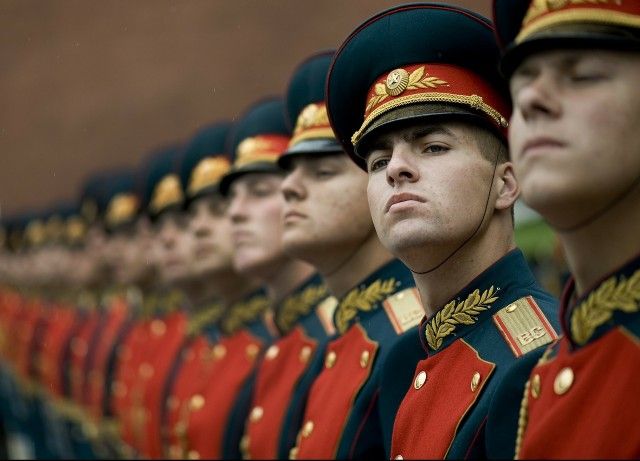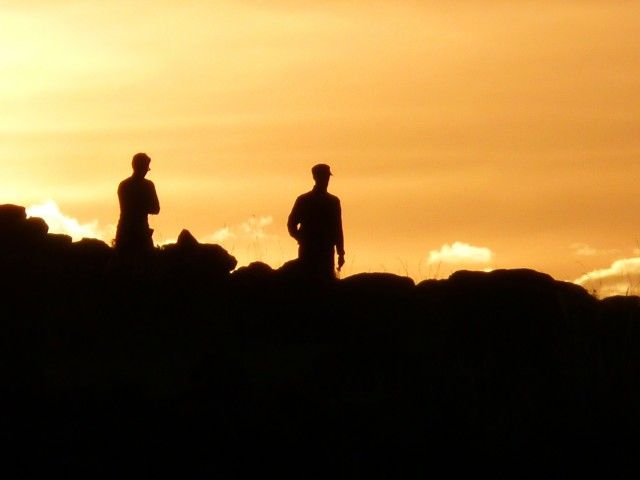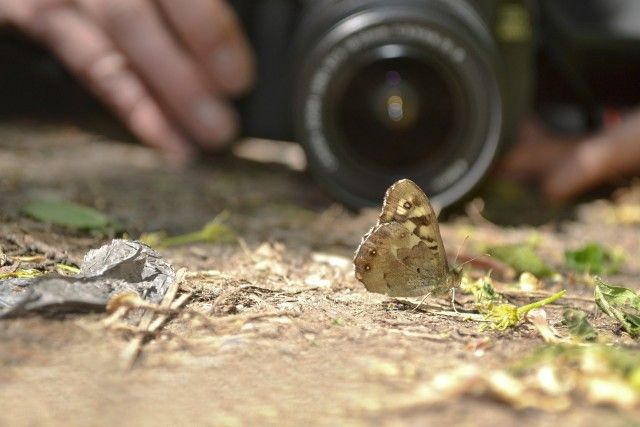Shooting stock photos that can actually sell is a dream for many aspiring photographers, as many photographers often get paid little to nothing for their work.
Learning a few tips and industry insights can help you take photos that sell. But don't take my word for it, let's hear from a professional.
Above All, Practice
One of the first things you'll hear from most professionals (if not all) is that practice pays. While you might not get paid to go out and practice taking pictures, your hard work and countless hours learning, shooting, and experimenting will help you learn what it takes to get the best picture. Ultimately, if you learn the trade, you will also learn what it takes to get paid.
Marco Lachmann-Anke, one of the top photographers on Pixabay - a site that features videos and images, said in an interview with MakeUseOf that the first steps to shooting pictures is "listening to your intuition," taking photos of what you find interesting, and leaving your camera on automatic, which can help you "take better pictures 90% of the time."
He explained that if you find those objects you're photographing interesting, so will someone else, which will motivate you to take even more pictures.
Taking Great Photos
Lachmann-Anke, who also uploads excellent photos to Reisefreiheit.eu, explained further that a lot more goes into taking photographs that sell. You also have to know what people want and know the basics of photography. Understanding your camera is also a good idea.
Stand Out From the Pack
As an experienced photographer knows, there are basic rules to learning how to take a great photo. By bending the rules, and doing so in a knowledgable and skilled fashion, you can stand out from other photographers and get your pictures sold.
Emotion and the Rule of Thirds
One of the first rules you'll learn as a photographer is the Rule of Thirds.
Lachmann-Anke explained that the Rule of Thirds is best applied when taking pictures of a person's eyes, "which is the most focal point of a person," by aligning the eyes horizontally and then affixing the eyes "slightly to the left or right of center." The whole of the person should then be aligned vertically on the plane, which, in turn, creates tension and natural emotion.
He explained that it is better to create "emotions" and "situations" with your photos than it is to take bland and lifeless pictures. And while many of the aforementioned do sell, it is those images with emotion and situation that stand out from the rest.
He explained further that the Rule of Thirds is often also applied to pictures of buildings, plants, and other objects, and can help create similar tension and emotion.
While everyone has their own style, adhering to the Rule of Thirds can help you create photos that sell.
Shooting with Light on Your Back
One rule that you'll first learn about lights, is that you should not shoot into the light, and instead shoot with the light on your back, so that your object is illuminated. However, and as many experienced photographers know, shooting into the light can create dramatic looking pictures.
The Active Space Rule
The Active Space Rule suggests that you should leave space in the photo for the subject to move into. The supposed movement adds, you guessed it, tension and a dramatic effect.
However, breaking this rule is also a great idea. To do so, you can photograph your subject moving out of the image, rather than moving into the image.
The first image below, which breaks the Active Space Rule, shows the planes moving out of the picture, and the second, which is following the rule, shows the planes entering the space. Both are great photos and good examples of breaking and following the rules.
Creating Blur
It might sound like a bad tip, but creating blurred effects with your pictures can be another way to add tension to a photo.
Taking pictures of movement at slow shutter speeds is a good way to create a blurry, but interesting photo. Also, be sure to maintain a small point of reference on the subject that you're shooting, so that a portion of the photo is sharp.
Focusing Your Shot
Normally when you shoot a picture, you want to focus on your subject and leave the background as a secondary feature. This is good practice for any photographer.
However, focusing on your secondary subject can also create an excellent photo. To do so, you'll want to manually focus your camera on your subject (keep it sharp) and use a wide aperture (opening through which light travels) to create a layered effect.
There are many ways to create an out-of-focus picture, this is just one way. You can even create an entirely out-of-focus picture, which can also be interesting.
Get It Right the First Time
With the advent of Photoshop and other powerful image editors, it's easy to think that you can take a picture and edit it later to get your desired effect. Well, the truth is, it is much better to get your desired effect the first time, before your picture goes to the editor.
While it's true that some effects require an editor (and some photos can be greatly enhanced), a lot of what you take should be taken right the first time.
How to Earn Money
Most of what you have learned above means nothing if you don't learn how to sell your photos. In order to do so, you'll have to spend "80% of your time in front of the computer and 20% in the field," as it was explained to me by internationally recognized photojournalist, Jerry Nelson, whose work has appeared in Huffington Post, CNN, USA Today, and others.
He explained that it is good to send a minimum of 100 pitches a week to various outlets, and that "if you don't pitch, you won't open any doors. The more you pitch, the more the numbers will work for you." It's all a number game, as I understood it.
An excellent way to pitch your photos to magazine, news, and other online media companies is by messaging the editors or finding a page that supports pitches. There are many websites that take photos, and editors are always looking for unique photos.
Also, if you want to work as a photojournalist (which is a great way to get your photos noticed, and better learn the trade), you can keep your eye open for photo related positions on LinkedIn, Reddit's job subreddit, JournalismJobs, and other job boards.
In addition, you can also upload your pictures to various third party sites like iStockPhoto, Dreamstime, and other great websites. Create your own website and sell from there, and keep an eye out for various contests.
The choice of how to sell your photos and make money is up to you.
Best of Luck!
By knowing the basic rules, knowing how to break the rules, and, as Marco Lachmann-Anke says, "listening to your intuition," you too can shoot photos that actually sell.
Best of luck selling your photos! Tell us in the comments below what industry insights have worked for you.
Photos: Honor Guard by WikiImages via Pixabay, Indian Women by Unsplash via Pixabay, Human Skyline by LoggaWiggle via Pixabay, Butterfly by ghwtog via Pixabay, Bus in Myanmar by Bachmann-Anke via Pixabay








